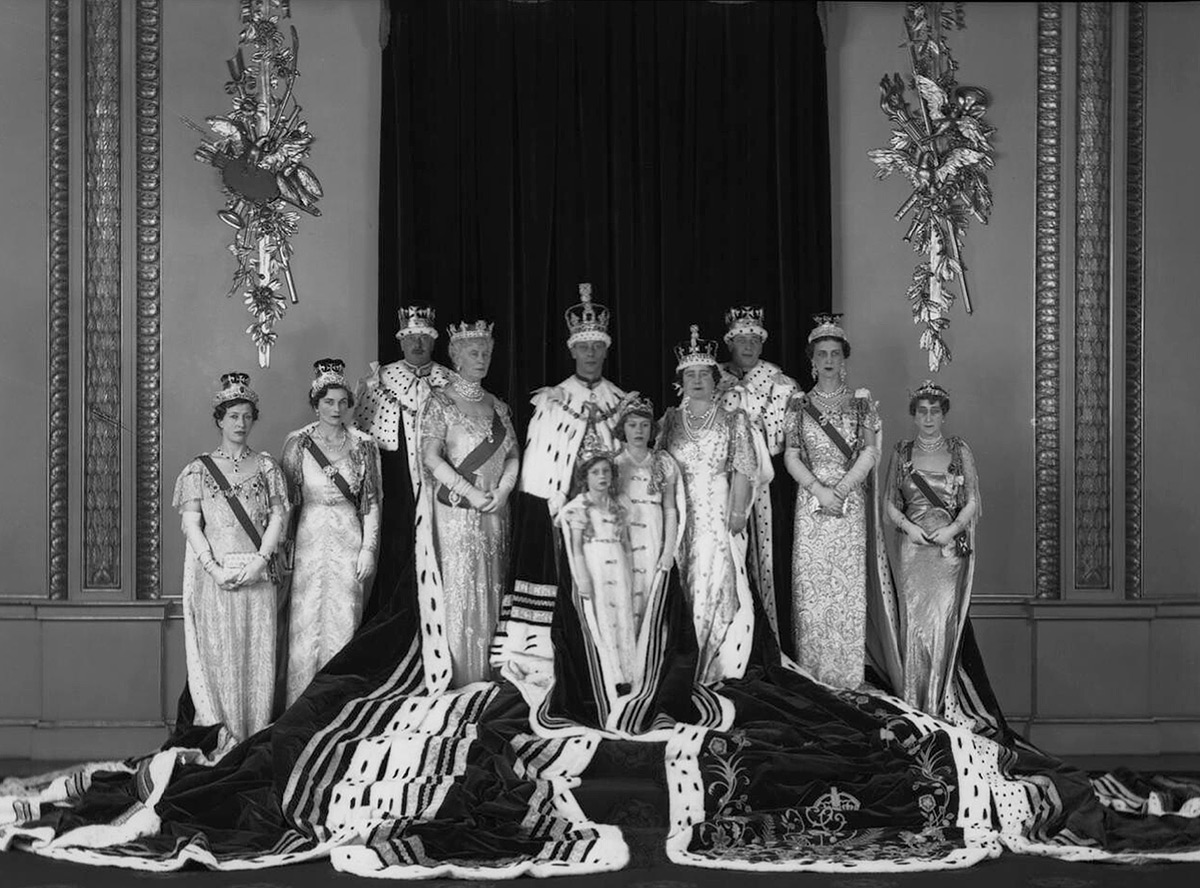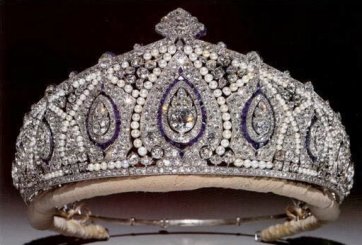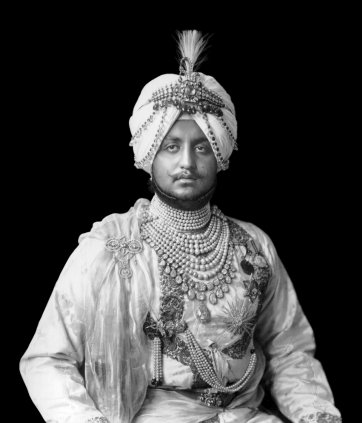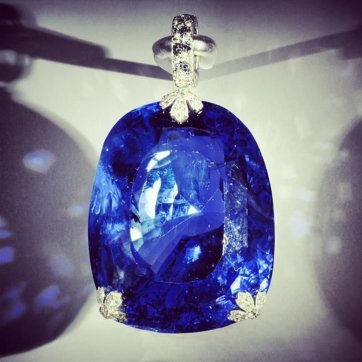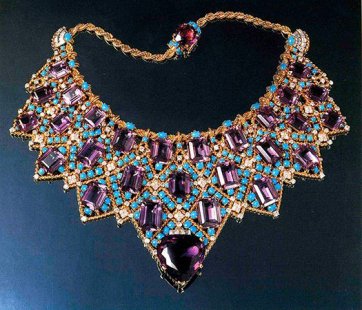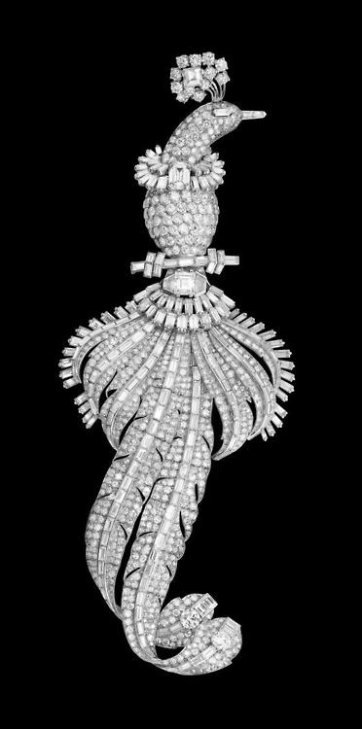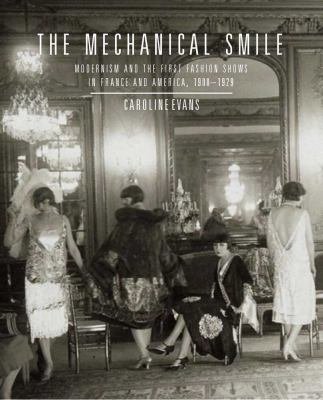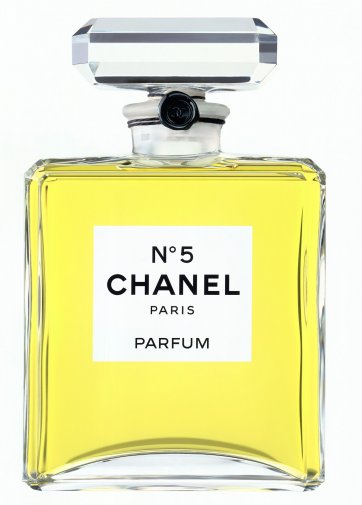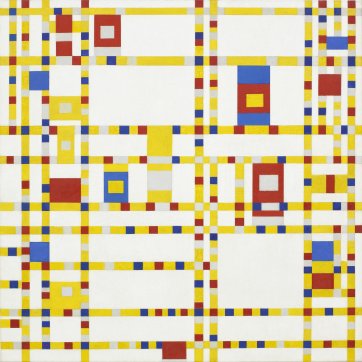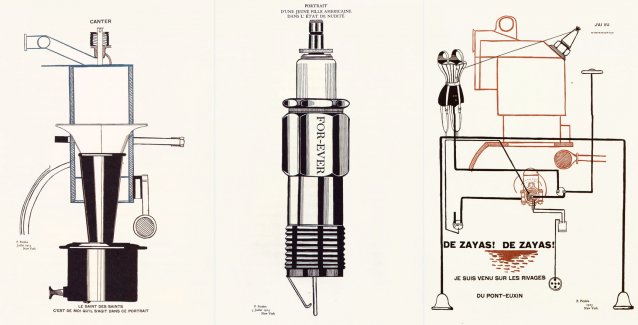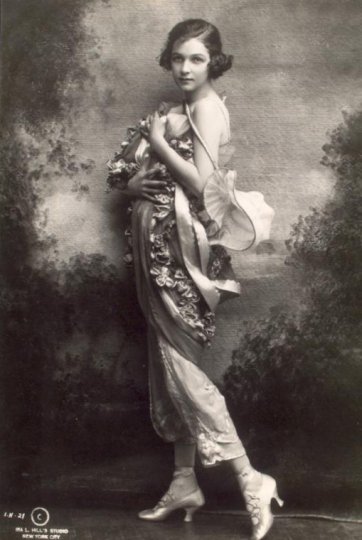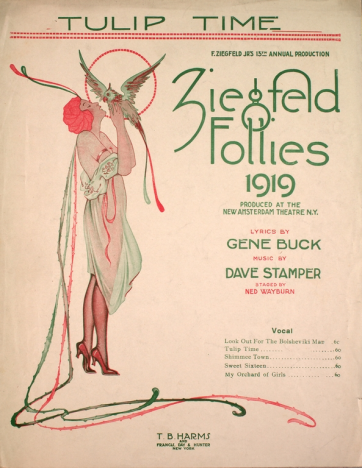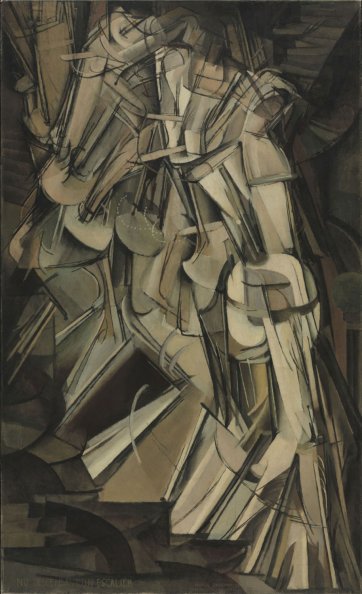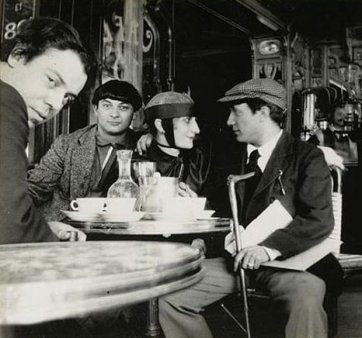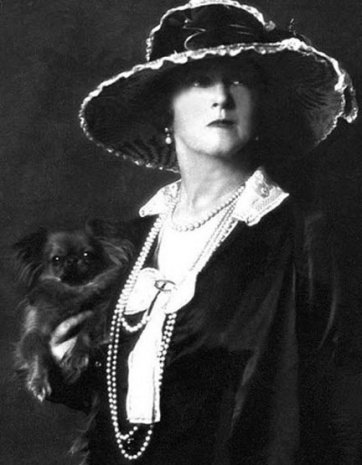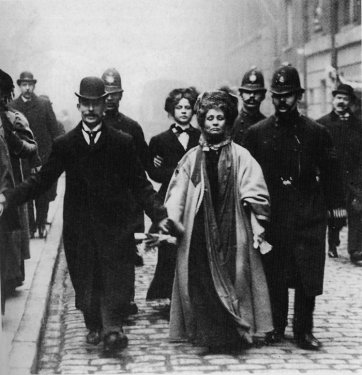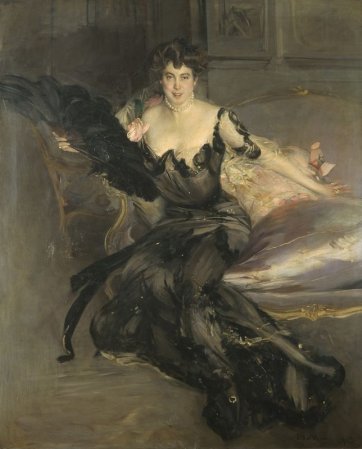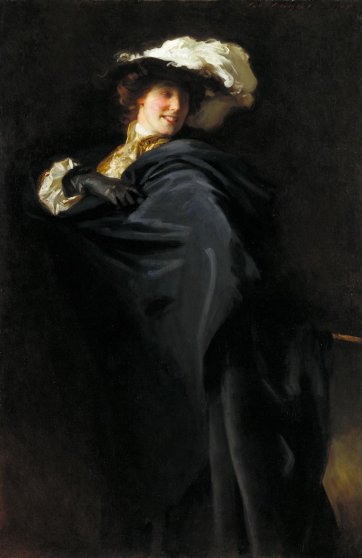At the same time, Paris couturiers became the subject of widely disseminated newsreel footage shot by Pathé-Frères, a practice that continued through the 1920s. In America, meanwhile, the huge and burgeoning metropolitan department store was a powerful driver both of consumption and performance. Department stores staged fashion shows of newly-minted French gowns, and even positioned living models posing and turning in store windows—a practice objected to at first on the ground of vulgarity. Tableaux vivants, cabarets and other theatrical frameworks served to provide new opportunities for the marketing and display of French fashion in America, while the importance of the American market as a source of income for France rose in direct proportion to the cumulatively disastrous effects of the Great War. In the midst of the horrors of the Marne, for example, Jean Cocteau and Pablo Picasso were photographed at La Rotonde “in the congenial company of Pâquerette, the most precious of Paul Poiret’s mannequins, green shoes, a rosewood-coloured dress, and an indescribable hat,” so recalled André Salmon. (The hat was a sort of cross between a cowl, a wimple, and a pillbox, and does indeed strike one as particularly strange.)
Through the 1920s, the trends were for bigger, faster, more populated shows, larger collections, and a far more widely circulating fashion press. In 1912 if an American dressmaker imported 40 “models,” i.e. finished gowns, each one would be painstakingly unpicked to produce patterns for 25 copies, adaptations, or pastiches. After the war it was many more: “One model, it’s 50–100 dresses,” wrote the Parisian journalist Robert de Beauplan in 1923. “We’re in the kingdom of novelty. Create, create, is the imperious necessity of each day. How many models? This rue de la Paix house produces 700 a season.” All of this flowed into the mirrored halls and fitting-rooms of Wanamaker’s of Philadelphia, Gimbel Brothers, Bloomingdales, and Lord & Taylor. On the French side, Jean Patou engaged an American press agency to syndicate shameless advertorial throughout the continental United States. Patou’s album of press clippings shows that such articles could run simultaneously in up to 49 different American newspapers, with dazzling commercial effectiveness.
In the second half of the book, Evans tightens her focus on the often contradictory worlds of the mannequin—both front of house and behind the scenes, examining in great detail the development of the architecture and decoration of the couture houses, and the organization of their work rooms, dressing rooms, and grand salons, together with the gradual emergence (as we saw in the beginning) of sometimes highly elaborate tricks with mirrors to produce occasionally fragmentary effects of multiplication, kaleidoscopic motion and repetition—recalling Duchamp again, and even the conventions of Analytical Cubism. The paradox is that while the mannequin’s primary purpose was to be as visible as possible, we know almost nothing about their lives.
The Paris salons were carefully regulated so as to detect and eject unauthorized journalists, covert draughtsmen, and even rival dressmakers with a tendency toward copyright infringement. Customers were vetted so as to admit only the wealthiest bona fide American, Mexican and Argentine ladies, whom Madame Grès later remembered as being without exception tall, statuesque, and big-bosomed—a joy to drape. Spies were routinely dispatched to rival houses’ shows, and saleswomen trained to an exacting standard so as to eliminate, even crush non-customers. An American correspondent complained that one Parisian vendeuse had the “indescribable knowing manner of the Parisian businesswoman who, with cold level glances, appraises your exact financial value, and with courteous words and smiling lips that belie the glance compliments you for your residence on the planet while she permits you to see the complete inutility of attempting to get the best of her trained judgment in any particular.”
This perception of the hardnosed business end of the salon was not new. One thinks, for example, of Lady Duff Gordon, the society dressmaker who throughout the Edwardian decade traded as Lucile, Ltd., of 23 Hanover Square and for years resolutely opposed women’s suffrage. Perhaps there is in Lucile’s personal evolution a clue to solving the puzzle of her socio-political outlook, apart from an obvious attachment to what she must have presumed were the views of the majority of her wealthy clients. Lucy Christiana Sutherland apparently detested her first given name, but not enough to dissuade her from trading after her first marriage in the 1890s as Mrs. Lucy Wallace, or later adjusting her name to Madame Lucile, and finally the stand-alone “Lucile”. Yet she was known to intimate friends as Christiana. Upon marrying for the second time she became Lady Duff Gordon, which iteration was evidently interchangeable with Lucile, at least in print. Many of her ensembles carried evocative titles—eventually giving way to a more “modernist” system of plain numbers, made fashionable by Jean Patou in Paris. One of Lucile’s designs specifically referred to the suffragette movement. “A Protest” was an evening gown “in striped taffeta (purple-blue, green and pink) with a chiné [blurry] floral pattern,” a fitted bodice with “a low, off-the-shoulder neckline bordered with purple and green rouleaux [bias-cut piping] within rows of lace and ruched bands of bright green silk. A scallop-edged [white] lace chemisette [worn beneath the bodice] is embroidered with silver bows and slotted with pale blue ribbon, and has puffed elbow-length sleeves gathered by bright green ribbon tied in bows...”
